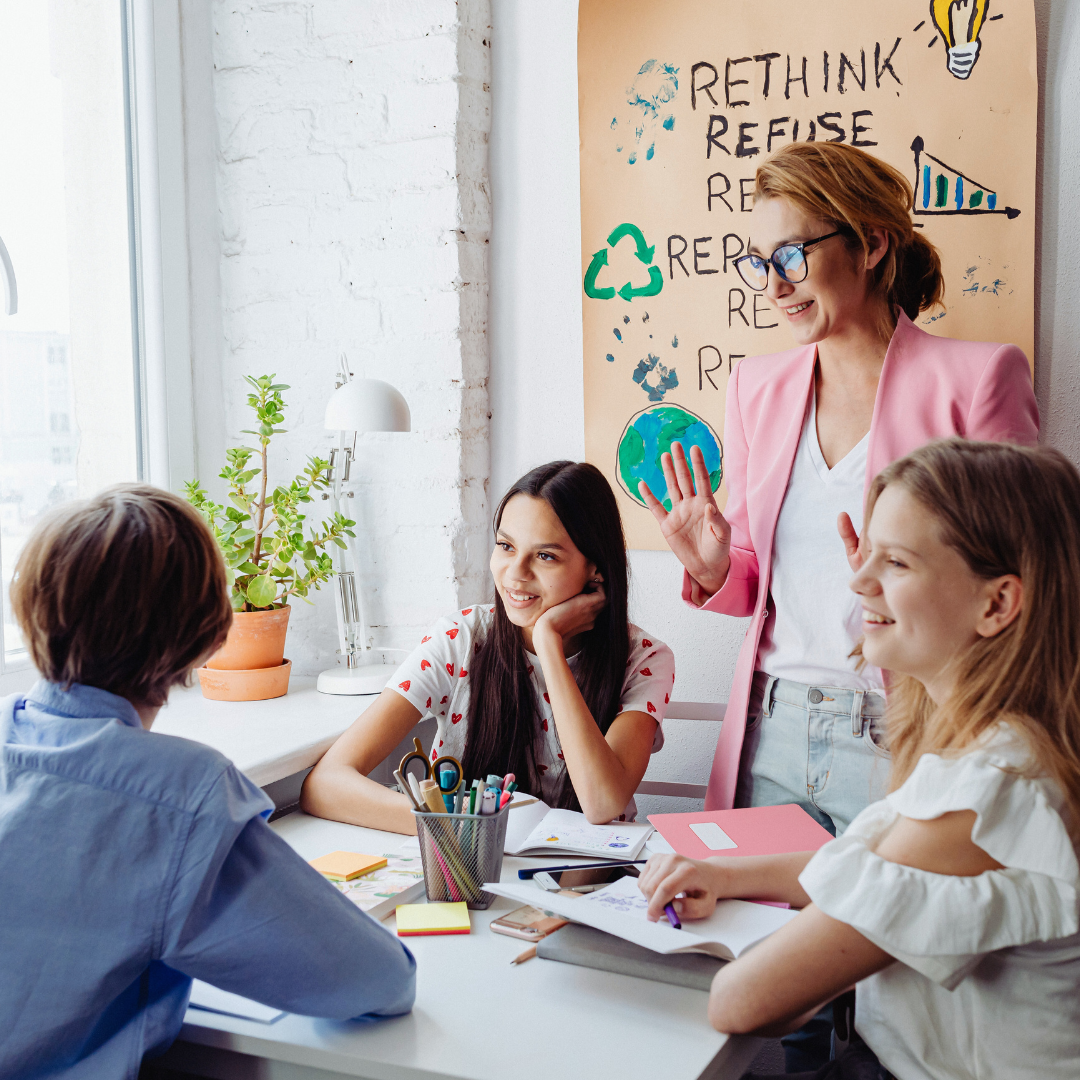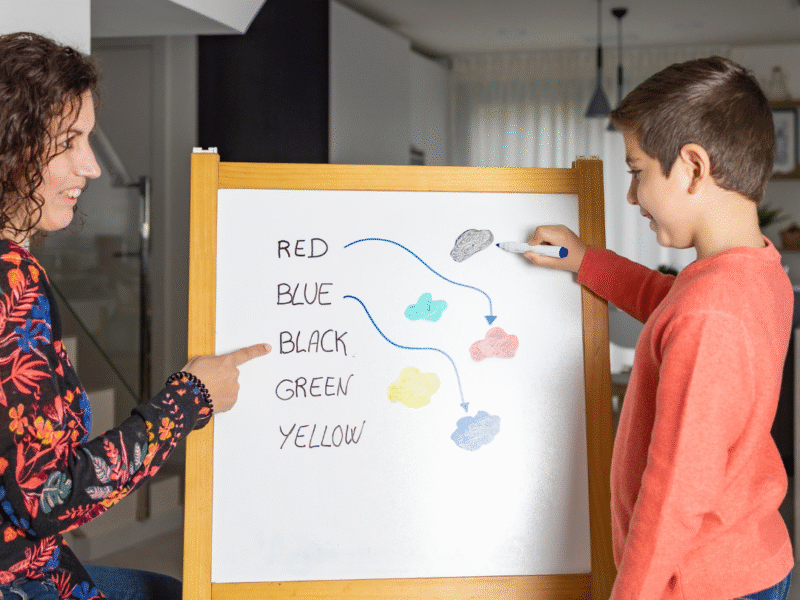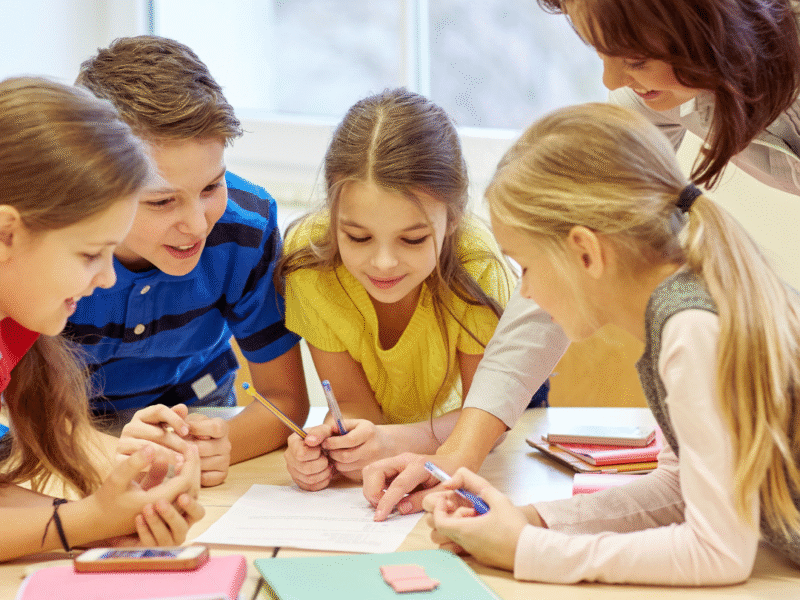Learning can sometimes feel like a chore, leading students to disengage and lose interest. To revitalize enthusiasm for education, it is essential to incorporate playful techniques and interactive experiences into the learning process. Engaging activities, gamification, and real-world applications can transform traditional lessons, making education enjoyable and memorable.
Exploring new methods, such as project-based learning or incorporating technology, opens avenues for creativity and collaboration. By allowing learners to take ownership of their education, they become excited participants rather than passive recipients of information. This shift not only fosters a positive attitude toward learning but also enhances retention and understanding.
Ultimately, the goal is to ignite a passion for learning that lasts a lifetime. Strategies tailored to individual interests and strengths can motivate them to explore new subjects and deepen their knowledge. Creating a fun learning environment paves the way for innovative thinking and personal growth.
Understanding Learning Styles
Different individuals process information in varied ways, making it essential to adapt learning methods to meet diverse needs. Recognizing these learning styles improves engagement and retention of information.
Auditory Learning Techniques
Auditory learners excel when they listen to information. They benefit from strategies that incorporate sound, such as:
- Lectures and Discussions: Participating in lectures engages auditory learners. Discussions enable them to vocalize thoughts and reinforce retention.
- Podcasts and Audiobooks: Utilizing audio formats can deepen understanding. These formats allow learners to absorb content during activities like commuting.
- Music and Rhythm: Associating topics with melodies or rhythms helps in memorization. Creating songs or using mnemonic devices enhances recall.
Encouraging auditory learners to verbalize concepts can streamline their learning process.
Visual Learning Strategies
Visual learners grasp information best through images, diagrams, and written text. Effective techniques for this group include:
- Charts and Diagrams: Visual representations of information can clarify complex topics. Color-coded charts enhance organization and comprehension.
- Videos and Infographics: Utilizing multimedia resources can make material more engaging. Infographics transform data into easily digestible visuals.
- Mind Mapping: Creating visual outlines or mind maps enables learners to connect ideas. This technique encourages critical thinking and retention.
Incorporating visual elements into lessons makes the material more accessible to visual learners.
Kinesthetic Learning Methods
Kinesthetic learners thrive through hands-on experiences and physical activities. Key strategies for these learners involve:
- Interactive Activities: Engaging in group projects or role-playing scenarios fosters teamwork. Such interactions enhance the learning experience.
- Real-World Applications: Applying concepts to real-life situations offers relevance. This method reinforces understanding through practical experience.
- Movement-Based Learning: Incorporating movement, such as walking or manipulating objects, aids in concentration. Activities that blend learning with physical engagement can improve focus and retention.
Facilitating opportunities for kinesthetic learners to actively participate is crucial for meaningful learning experiences.
Interactive Learning Environments
Creating interactive learning environments can significantly enhance student engagement and motivation. These environments leverage various strategies to make the learning process dynamic and enjoyable.
Gamification Principles
Gamification incorporates game design elements into educational contexts. This approach significantly boosts motivation by introducing competition, rewards, and challenges.
- Points and Levels: Students earn points for completing tasks, which can unlock levels or achievements, fostering a sense of accomplishment.
- Badges and Rewards: Visual recognition through badges motivates students and provides tangible goals to strive for.
- Leaderboards: Introducing friendly competition through leaderboards can encourage participation and push students to improve their performance.
Gamification principles transform traditional learning into an engaging experience, making it more enjoyable and effective for students.
Collaborative Learning Activities
Collaborative learning encourages students to work together to solve problems or complete projects. This approach fosters teamwork and communication skills.
- Group Projects: Assigning tasks that require collaboration enhances social interaction and resource sharing among peers.
- Peer Teaching: Students can take turns teaching each other, which reinforces their understanding and builds confidence.
- Discussion Forums: Online or in-person discussion groups promote the exchange of ideas, allowing diverse perspectives to emerge.
By implementing collaborative activities, educators can create a vibrant community where students learn from one another, making the process interactive and enjoyable.
Curriculum Design for Engagement
Effective curriculum design focuses on engaging students actively through innovative methods. By fostering curiosity and connecting learning to real-world applications, educators can create a learning environment where students thrive.
Project-Based Learning
Project-Based Learning (PBL) encourages students to engage in hands-on projects that promote critical thinking and creativity. In PBL, students tackle complex questions or problems over an extended period. This approach allows them to explore topics in depth and develop skills like collaboration and communication.
Educators can implement PBL by:
- Identifying real-world issues for students to address.
- Encouraging group work to foster collaboration.
- Integrating multiple subjects to show connections among different areas of knowledge.
Such a framework not only enhances engagement but also prepares students for real-life challenges.
Real-World Relevance
Making learning relevant to students’ lives significantly increases their motivation. When students understand how their studies connect to the world around them, they are more likely to engage fully with the material.
Teachers can create this relevance by:
- Incorporating current events into the curriculum.
- Inviting guest speakers from various fields to share their experiences.
- Connecting lessons to students’ interests and future career paths.
Integrating real-world applications into lessons encourages students to see the value in what they are learning, enhancing both engagement and retention.



